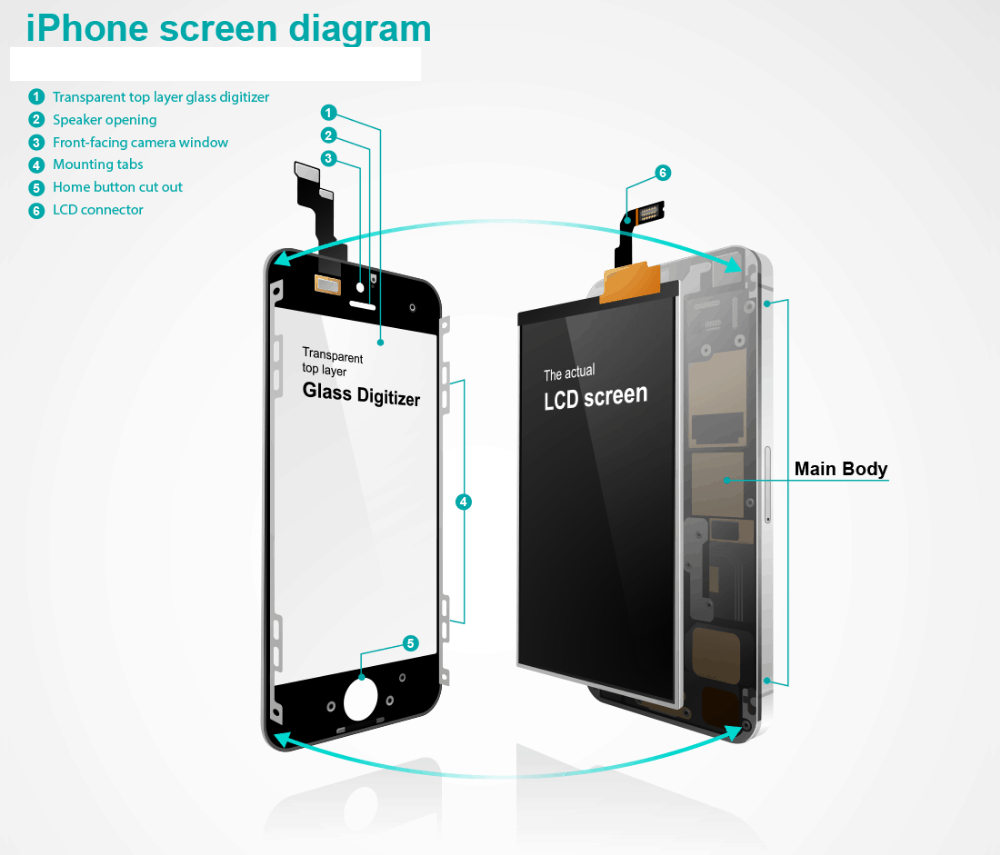Losing data on your iPhone can be a frustrating and stressful experience, especially if the data is important or difficult to replace. While many tools and methods are available for recovering lost data on an iPhone, sometimes the standard approaches don’t work, and more advanced techniques are required. One such technique is micro-soldering, a specialized method of repairing electronic devices that involves soldering components at a microscopic scale. In this blog post, we’ll discuss why micro-soldering may be necessary for data recovery on iPhones and how it works.
Why is micro-soldering necessary for data recovery on iPhones?
There are several reasons why micro-soldering may be necessary for data recovery on iPhones. One reason is that the data storage components in an iPhone are minimal and delicate, which makes them difficult to access and repair using standard tools and methods. Another reason is that iPhones use proprietary components and software, making it difficult for standard data recovery tools to access and extract the data.
Another factor contributing to the need for micro-soldering for data recovery on iPhones is damage to the device. For example, when an iPhone gets wet, dropped, or has other physical trauma, the components that store or are needed to access the data may be damaged or disconnected. In these cases, micro-soldering may be necessary to repair the damaged components and restore access to the data.
How does micro-soldering work?
Micro-soldering is a specialized repair technique that involves soldering components at a microscopic scale. Micro-soldering requires a microscope to get a close-up view of the components and a soldering iron with a tiny tip to make precise soldering connections.
To perform micro-soldering for data recovery on an iPhone, a technician must disassemble the device and identify what components prevent the device from powering on or working correctly. Diagnosis may involve removing the screen, battery, and other parts to get to the motherboard and other internal components. Once the circuit board is accessible, the technician will use the microscope and soldering iron to make precise connections between the components. Repairs can include soldering wires, replacing damaged parts, replacing chips, or salvaging componets to transfer to a known working device.
Once the data storage components have been repaired or replaced, the technician will use specialized data recovery software to scan the device and extract the data. This process may involve connecting the device to a computer or other device or using specialized data recovery tools to access the data directly.
It’s important to note that micro-soldering is a highly specialized repair technique that requires a high level of skill and experience. Therefore, if you need to recover data on your iPhone, choosing a reputable and experienced technician with the knowledge and tools to do the job safely and effectively is crucial.
Choosing a reputable and experienced technician for micro-soldering work is vital for many reasons. Here are a few key points to consider:
- Expertise and skill: Micro-soldering is a highly specialized skill that requires a high level of knowledge. An inexperienced or untrained technician can cause further damage to the device or even cause a failure to recover the data. On the other hand, a reputable and experienced technician will have the necessary knowledge and skills to perform the repair safely and effectively, increasing the chances of success.
- Safety: Micro-soldering involves working with tiny and delicate components, high temperatures, and potentially hazardous materials. An inexperienced or untrained technician may not have the necessary safety precautions or may be unaware of the risks involved in the repair process. Lack of safety can increase the chances of accidents or injuries and the risk of damaging the device, making data recovery less likely. A reputable and experienced technician will have the necessary safety equipment and be aware of the risks involved in the repair process.
- Quality of work: A reputable and experienced technician will have a good history of producing high-quality work. Experience can be significant in micro-soldering work, as the repair process is complex and requires a high level of skill and attention to detail. An experienced technician can produce the desired result and minimize further damage, increasing the chances of successful data recovery.
In conclusion, micro-soldering may be necessary for cell phone data recovery in cases where the standard tools and methods don’t work. This specialized repair technique involves soldering components together at a microscopic scale. It can repair damaged components or restore access to lost data. While micro-soldering is a complex and technical process, it can be an effective way to recover data on an iPhone in cases where other methods have failed.








